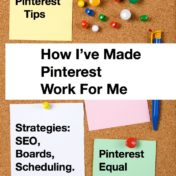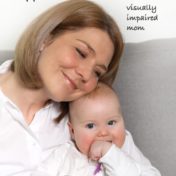How I’ve Made Pinterest Work for Me

Last year, I wrote a post about all the reasons I didn’t use Pinterest. As I said in that post, I wanted to use it. I knew that Pinterest drives traffic to blogs. I knew that there were Pinterest users that would be interested in the topics that I write about. Topics related to motherhood and activities for kids are… Read more »


